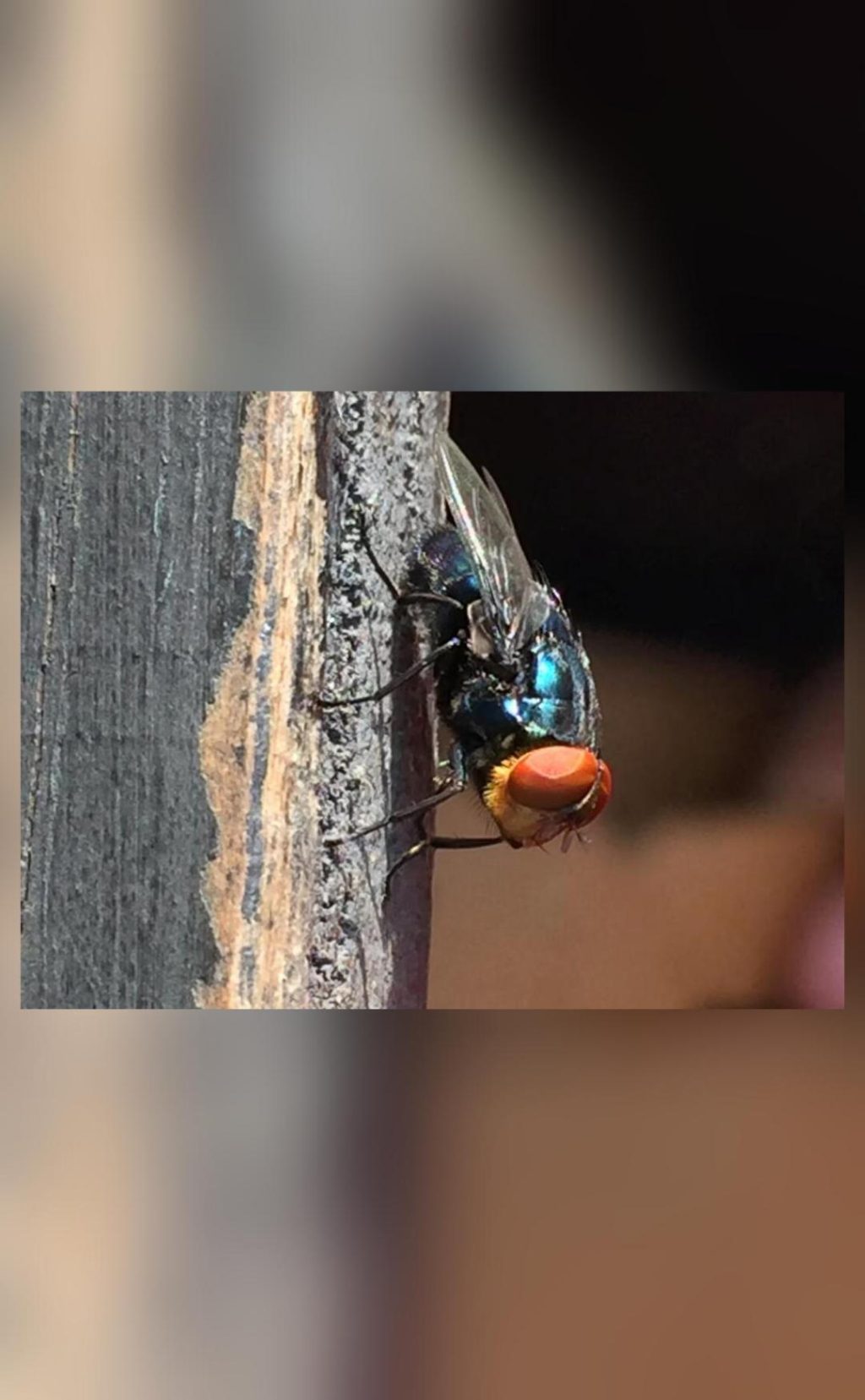
Why is the US Planning to Breed Screwworm Flies and Dump Them from Planes Over Mexico?
In a unique and unorthodox measure to protect its beef industry, the US government is planning to breed billions of male flies and dump them from planes over Mexico and southern Texas. The aim of this unusual initiative is to combat the flesh-eating larvae of the New World screwworm fly, which threatens to damage the country’s cattle and livestock industry. In this blog post, we will delve into the details of this plan, explore the reasons behind it, and examine the implications of this bold move.
According to a recent report by the US Department of Agriculture (USDA), the New World screwworm fly (Chrysops spp.) is a significant threat to the country’s beef industry. The larvae of this fly, also known as screwworms, can infest the wounds and body cavities of cattle and other livestock, causing significant harm and even death. The USDA estimates that screwworms can result in losses of up to $100 million annually in the US cattle industry.
To combat this pest, the USDA has decided to employ an unconventional method: breeding and releasing sterilized male screwworm flies. The plan involves breeding billions of male flies in a laboratory setting, sterilizing them with radiation to prevent them from reproducing with female flies, and then releasing them over Mexico and southern Texas. The idea is that the male flies will mate with female flies in the wild, thus preventing the female flies from laying eggs and reducing the screwworm population.
This approach has been used successfully in the past to combat other pests, such as the Mediterranean fruit fly. In 1950s, the US government used a similar method to eradicate the Mediterranean fruit fly from Hawaii, with great success.
So, why is the US choosing this unorthodox method to combat screwworms? The answer lies in the complexity of the problem. Screwworms are a highly adaptable and resilient pest, making them difficult to eliminate using traditional methods such as pesticides and traps. Additionally, screwworms have developed a resistance to many pesticides, making them even more challenging to control.
Moreover, the screwworm fly is a significant threat not only to the US beef industry but also to the cattle industry in Mexico and other countries in Central and South America. By breeding and releasing sterilized male flies, the US government hopes to create a biological barrier that will prevent screwworms from spreading to other countries.
The plan is being implemented in collaboration with the Mexican government, which has also reported significant losses due to screwworm infestations. The two governments have formed a joint task force to oversee the project, which includes breeding and releasing the male flies, monitoring their effectiveness, and conducting research to improve the method.
The breeding and release of sterilized male flies will take place in a specially designed facility in Florida, where scientists will collect and breed the flies. The facility will also be equipped with specialized equipment to sterilize the flies using radiation.
Once the flies are bred and sterilized, they will be released from planes over Mexico and southern Texas. The release will be coordinated with the Mexican government to ensure that the flies are released in areas where they are most needed.
While the plan has raised some concerns among environmentalists and animal welfare groups, the USDA and Mexican government have assured that the method is safe and effective. The sterilized male flies will not harm humans, animals, or the environment, and the release will not cause any significant disruptions to the ecosystem.
In conclusion, the US government’s plan to breed and release sterilized male screwworm flies is a bold and innovative approach to combat a significant threat to the country’s beef industry. While the method may seem unconventional, it has been used successfully in the past and has the potential to make a significant impact on the screwworm population. As the project gets underway, it will be interesting to see the results and whether this unorthodox approach will be effective in eradicating the screwworm fly.



